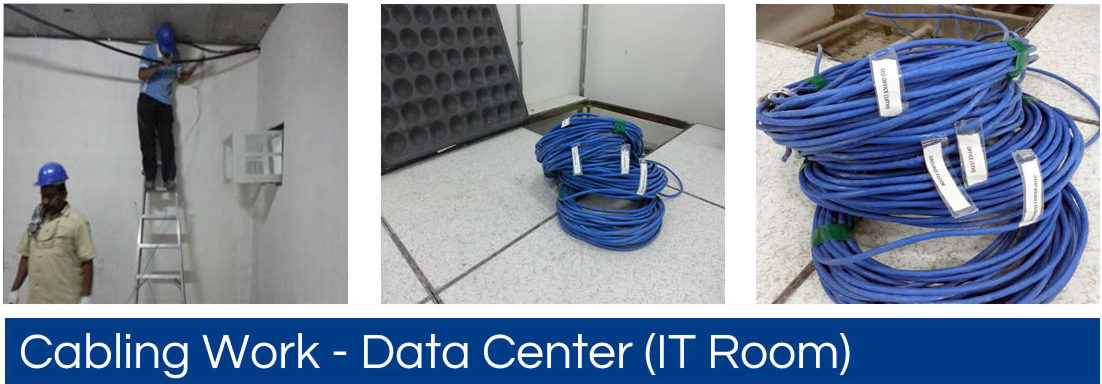
Structured Cabling is defined as building or campus telecommunications cabling infrastructure that consists of a number of standardized smaller elements.
A properly designed and installed structured cabling system provides a cabling infrastructure that delivers predictable performance as well as has the flexibility to accommodate moves, adds and changes; maximizes system availability, provides redundancy; and future proofs the usability of the cabling system.
Entrance Facilities (EF)
Entrance facilities contain the cables, network demarcation point(s), connecting hardware, protection devices and other equipment that connect to the access provider (AP) or private network cabling.
Equipment Room (ER)
The environmentally controlled centralized space for telecommunications equipment is usually more complex than a telecommunications room (TR) or telecommunications enclosure (TE).
Backbone Cabling
The backbone cabling provides interconnection between telecommunications rooms, equipment rooms, access provider (AP) spaces and entrance facilities. There are two subsystems defined for backbone cabling:
Horizontal Cabling
The horizontal cabling system extends from the work area’s telecommunications information outlet to the telecommunications room (TR) or telecommunications enclosure (TE).
